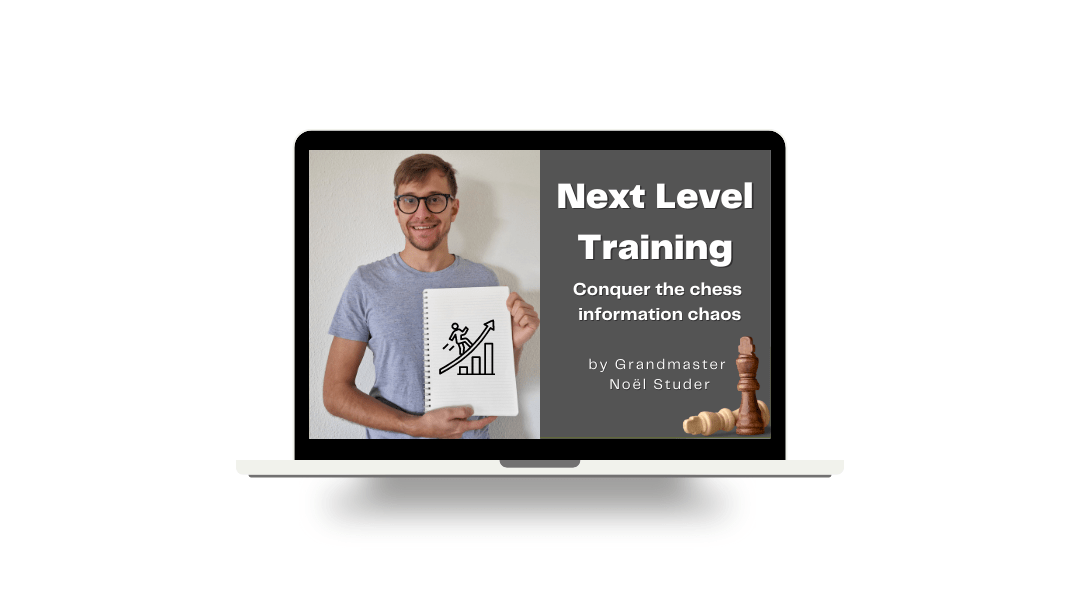How to exploit your opponent s bad piece?

“Help your pieces so they can help you”, said Paul Morphy, one of the greatest chess masters. Indeed, that’s true – you cannot play a chess game without your (active) pieces. It is essential, as having active pieces is considered a positional advantage.
So what happens when your (or your opponent’s) piece is not active but passive? True, this would be a positional disadvantage. Chess players often say that bad pieces are just spectators in the game. Where that bad piece is a bishop, it is considered a big pawn. Worst of all is having a passive piece –that is practically equivalent to a piece down.
International Master Boroljub Zlatanovic has prepared a video lesson for you on this topic. He will teach you with a game played between the ‘Endgame Master’ José Capablanca and William Winter.
In this lesson, you will learn about the disadvantages of having a bad piece, how to exploit it (if your opponent has one) and how trying to improve a bad piece costs time and material … and lots more.
You can watch the video lesson here: How to exploit your opponent’s bad piece
